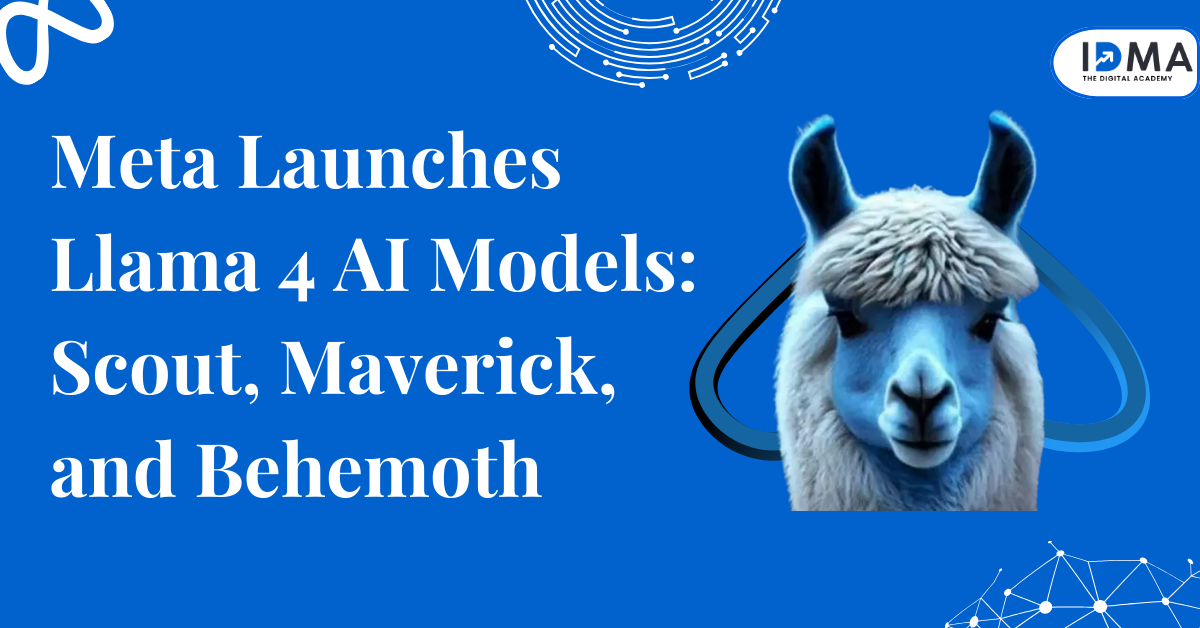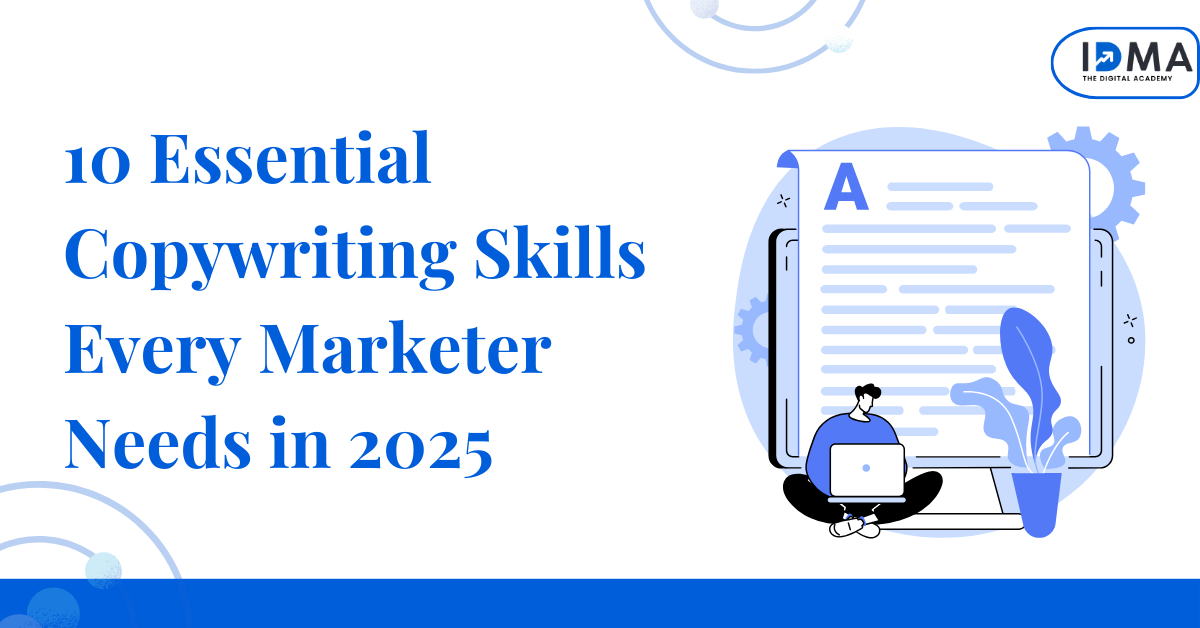Meta, the parent company of Facebook, Instagram, and WhatsApp, has officially released its newest AI language models under the Llama 4 series. The lineup includes Llama 4 Scout, Llama 4 Maverick, and a preview of Llama 4 Behemoth.
These models are Meta’s most powerful AI systems yet, designed to compete with major AI models from companies like OpenAI and Google. In this article, we will break down what these new models are, how they work, who can use them, and the challenges Meta is facing.

What Is Llama 4?
Llama 4 is Meta’s latest version of its Large Language Model (LLM), following previous versions such as Llama 2 and 3. These models use artificial intelligence to understand and generate human-like text, and now with Llama 4, they also handle multiple types of content.
Meta introduced two new models:
- Llama 4 Scout
- Llama 4 Maverick
Additionally, they previewed a more advanced version:
- Llama 4 Behemoth (still in development)
Meta says these models are the most advanced LLMs they’ve ever created.
What Makes Llama 4 Special?
Multimodal Capabilities
Meta emphasized multimodal AI system. This means it can understand and work with more than just text. It can process:
- Text (like articles, emails, or conversations)
- Images (for object recognition, captions, etc.)
- Videos (to identify actions, faces, or summarize scenes)
- Audio (such as voice recognition and transcription)
This gives Llama 4 an edge, especially in apps where users interact with different types of content.
Better Reasoning and Understanding
According to Meta, 4 AI Models are designed to be smarter and more intuitive. They’re especially focused on reasoning, math, and understanding human intent.
Llama 4 is meant to act more like a human assistant than ever before. You can ask it questions, have a conversation, and even request it to interpret images and respond to voice commands.
Also Read: Meta’s AI-Powered Ad Updates for Facebook and Instagram: What Marketers Need to Know
Meet the Models: Scout, Maverick, and Behemoth
Llama 4 Scout
Scout is the base model in the Llama 4 lineup. It’s fast, lightweight, and ideal for developers who need quick, efficient responses. It performs well in everyday use and is best suited for smaller apps and tools.
Llama 4 Maverick
Maverick is the more advanced sibling of Scout. It has deeper reasoning capabilities, can handle larger and more complex tasks, and supports enhanced multimodal input.
Meta calls Maverick “best in class for multimodality.” This means it can fluidly handle different content types text, image, video, and audio better than any other AI model they’ve released so far.
Llama 4 Behemoth (Preview)
Behemoth is the most powerful AI model in the Llama 4 series. It’s still under development, but Meta gave a preview of what’s coming.
They say Behemoth will act as a “teacher” to future models. It will be used to improve the accuracy and performance of other LLMs and will be capable of some of the most complex tasks in the AI field.
Open Source and Developer Access

One major highlight is that Llama 4 Scout and Maverick are open source. Developers around the world can:
- Download the models
- Customize them for their own projects
- Use them at competitive token rates
You can access these models at:
This openness is designed to speed up innovation and allow smaller companies to build on Meta’s technology.
Available on Meta Platforms
Meta has already started integrating Llama 4 into its own apps. Users can now interact with Llama 4 models in:
- Messenger
- Instagram Direct
- Meta.ai (Meta’s official AI portal)
These platforms allow everyday users to chat ask questions, get summaries, and even generate creative content.
Delays and Development Challenges
Meta AI Models Faced Setbacks
According to The Information, Meta had originally planned to launchMeta AI Models earlier. However, the release was delayed.
Technical Issues
During development, reportedly did not meet expectations in some areas:
- Struggled with math and logical reasoning
- Less capable than OpenAI’s models in handling natural voice conversations
These issues caused Meta to delay the launch and make improvements before releasing Scout and Maverick.
$65 Billion Investment in AI
Despite the challenges, Meta is not backing down. They plan to invest $65 billion in AI infrastructure in 2025, hoping to catch up with competitors like OpenAI, Google, and Anthropic.
Copyright Controversy
Meta Accused of Using Shadow Libraries
Meta AI Models is also facing legal trouble. Several famous authors and copyright groups are accusing Meta of using unauthorized data to train its AI.
Court documents allege that Meta CEO Mark Zuckerberg approved the use of datasets like LibGen, a well-known shadow library that contains pirated books.
These claims have raised ethical and legal concerns about how AI models are trained and whether authors’ rights are being respected.
Searchable Database Published
The Atlantic published a tool that lets writers search the LibGen dataset. Many authors discovered their work may have been used to train Meta’s LLMs without their permission.
This controversy could impact how Meta and other AI companies source data in the future.
How Llama 4 Compares to Other Models
Competing with OpenAI and Google
Meta’s AI Models is directly competing with:
- OpenAI’s GPT-4 and GPT-5 (still in progress)
- Google’s Gemini series
- Anthropic’s Claude
While OpenAI leads in voice and reasoning, Meta is betting big on multimodal capabilities and open access.
Pricing and Accessibility
Meta offers lower prices for developers using Llama 4. This makes it more accessible than OpenAI’s APIs, which are often criticized for being expensive.
The open-source model also means that more companies and independent developers can build apps using Meta AI Models without high costs.
Who Can Benefit From Llama 4?
Developers
Tech developers can integrate Meta AI Models into their apps for chatbot services, content generation, and customer support.
Businesses
Businesses can use Meta AI Models in marketing, automation, and internal tools to enhance productivity.
Content Creators
With image, audio, and video support, content creators can generate multimedia content more easily.
Students and Educators
Multimodal learning tools powered by Llama 4 can provide educational support like interactive lessons, image recognition for science subjects, and even language learning.
Final Thoughts
Meta’s launch is a significant step in the AI race. With Scout and Maverick now available and Behemoth on the way, Meta is positioning itself as a major player in the AI world.
Despite challenges including copyright lawsuits and technical limitations Llama 4 brings strong features, especially in multimodal AI. With open-source access and broad integration across Meta platforms, this model could impact how people interact with AI in their daily lives.
Whether you’re a developer, a business, or just curious about 4 AI Models is something worth exploring.








